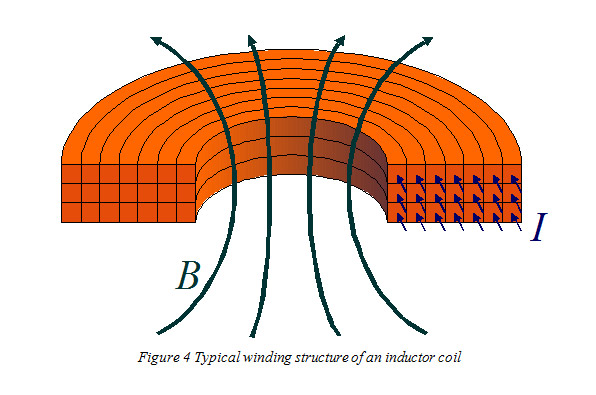Quality Factor

Eberhard Waffenschmidt, Philips Research
The ratio of the inductance L to the resistance R of a coil remains constant for different winding arrangements in the same volume and shape. It makes sense to define this value as a figure of merit to distinguish different coil structures. The quality factor Q is defined by this ratio.
The voltage, which is induced by the same current in an inductor scales with the frequency f and thus the apparent power in the device. The general definition of the quality factor is based on the ratio of apparent power to the power losses in a device. From this definition, the quality factor of a coil results to:

with ω = 2πf:
The quality factor Q can have a value between 0 and infinity, although it is difficult to obtain values far above 1000 for coils. For mass production you may expect values around 100. A quality factor below 10 is not very useful. These values have to be considered as the typical order of magnitude.
For a fixed operating frequency, the quality factor Q is mainly dependent on the shape and size of the coil as well as the materials used. Quality factors are generally provided for standard coil techniques (e.g. wire-wound coils, PCB coils).

